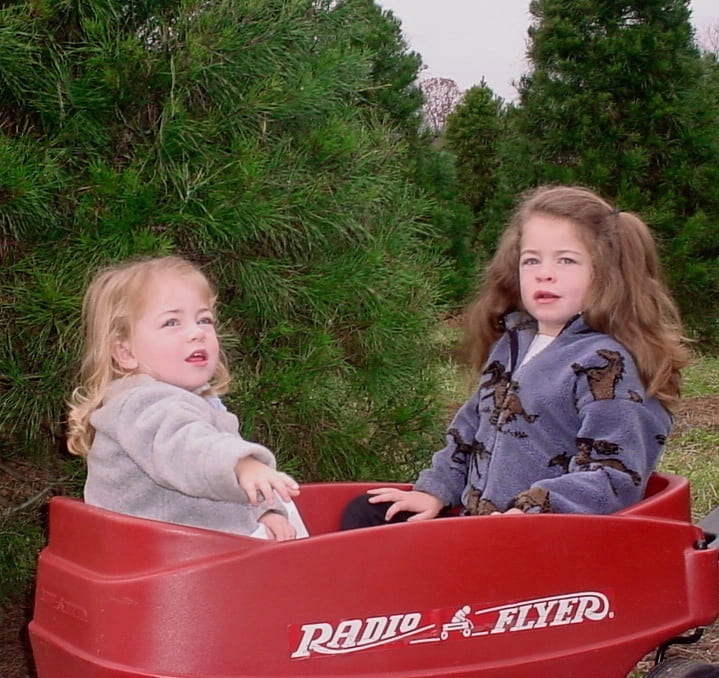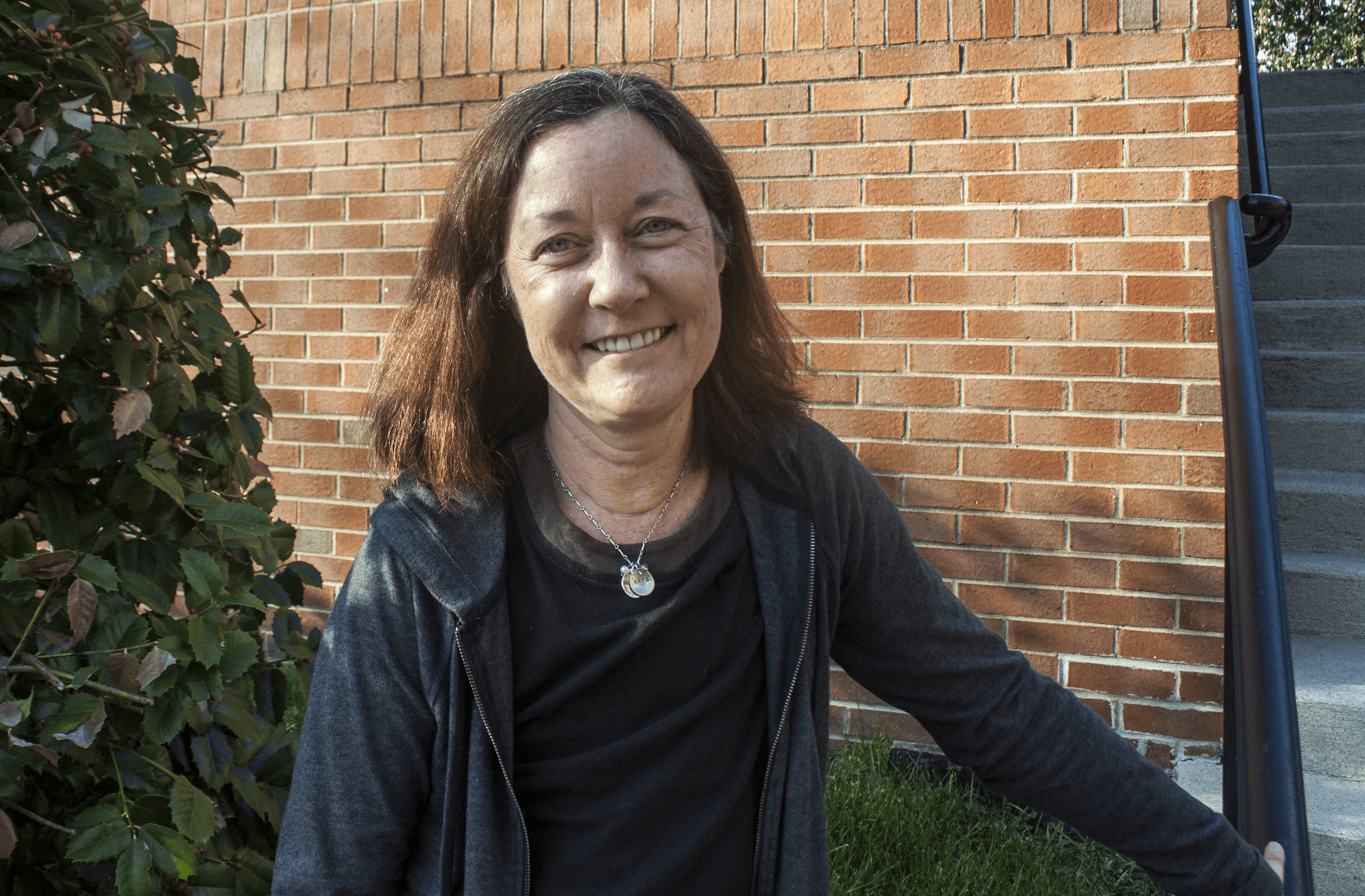Laying in a hospital bed at home in Nashville, Kate Kirk, 13, is too frail to open her eyes. She has fallen into a deep sleep over the weekend.
Her 40-pound body is connected to oxygen tubes, cradled in her mother’s arms. Her little mouth is opened, gasping for life with every breath.
Gazing at Kate, her parents, Alison and Doug Kirk, know she is not going survive. They know the anguish of losing a daughter. They learned it eight years ago.
They learned it when they lost their first daughter- Caroline Kirk to the same disease Kate is fighting.
Kate and her sister were with diagnosed with Niemann-Pick disease, a rare nerve disease leading to the gradual breakdown of the nervous system, brain and lungs. In 2007, Caroline died. Now, in 2015, they will lose Kate.

The Kirks hold Kate’s hands until her heartbeat stopped. They stay with her till her face turned to pale white.
Then, Doug carries Kate upstairs. They sponge bathe her, wash her hair in an inflatable basin, dress her in a bright pink dress and the pair of colorful striped socks she loved.
“This is the last time I get to decide how she’s going to look,” Alison thought.
They move Kate to her room, covered in a handmade quilt. She is surrounded by stuffed animals which have watched over her days before.
Alison puts ice packs around her daughter’s body and turns the air conditioning on to keep her body cool.
Instead of calling a conventional funeral home service, the Kirks choose to say the final farewell at home.
“I have taken care of her for her whole life,” Alison said. “Why am I going to turn her over to people who don’t know her to take care of her body?”
“This is the last thing I get to do for her.”
Without embalming fluid, mortuary makeup or a planned visitation, Kate’s body remained at home for two nights before her burial. On the third day, her body was placed in a simple plain wooden coffin, Kate was buried beside Caroline.
….
John Christian Phifer wanted to care for his clients in the simplest of ways.
As an embalmer and mortician, Phifer had managed a large-scale Nashville funeral home. He had embalmed thousands of bodies, sold exquisite caskets, managed magnificent funerals for celebrities and politicians.
He had overseen more than 500 burials in a single year. Then, after 15 years, he resigned.
“I didn’t really feel wonderful about them, the way everything was happening,” he said. “We were rushing it through.”
When he received the call that someone died, he dispatched workers to pick up the body. The family arrived the next morning, forced to make difficult decisions on the spot, then was handed a $15,000 bill. All the while, the body had been dressed, made up and embalmed. Oftentimes, the body looked better than the person when they were alive.
“People won’t even know it’s her,” he said. The third day, the funeral home put on elaborate visitations with leaflets and catered food.
“The family never even has a chance to process that the death has actually happened. Until the burial happens. They go home, put their feet up and they’re like ‘Oh my God, was that a dream?’” he said.
That’s when Phifer decided home funeral and natural burial were the best for this left behind. He left the funeral industry where his ideas of simple, more mindfulness funeral options were met with rejection.
…
Simple funerals are, well, old as dirt.
Before the Civil War, families took care of their loved ones and buried them in their family cemetery. No make-up. No chemicals. Embalming became glamorous only after President Abraham Lincoln’s national commemoration. He was embalmed and placed on a train, allowing people to observe and mourn him. Afterward, embalming for funeral home services became the norm, Phifer explained.
“People began outsourcing all of the care that they had traditionally given to their loved ones when they died,” Phifer says.
Funeral became big business.
The funeral of Alison’s mother was that way. It was public and impersonal.
Photos were on display. The casket was open. People filed by.
“I was standing there and thinking I just need a little more time. I hadn’t gotten used to that- she’s gone,” she recalled. She wanted more time to sit with her mother. But she couldn’t. There were too many people and the visitation hours were too short.
With the death of her each daughter, Alison knew she would feel the same way.
“I couldn’t imagine her body still being on this earth and being somewhere I couldn’t be with,” she says. “Couldn’t imagine.”
The morning after Kate died, she had to remind herself she didn’t have to take care Kate anymore. She realized slowly she would have to live without Kate.
She needed a little more time to process the truth- Kate was not there.
Instead of a public visitation, the Kirks invited Kate’s close friends and family to come over. They placed Kate’s body in a plain pine casket in the living room on the first floor. They filled the room with Kate’s precious things – daily photos, her favorite glitter Hello Kitty sneakers, a robin’s egg blue cowboy hat and bandanas she used to wear around her neck.

When no one was with her, Alison kept telling Kate what was going on. “Kate, your house is looking so great. You’re not going to believe who’s here. There are so many people showing up,” Alison told her daughter.
After the visitation, the Kirks placed Kate in the hearse and traveled 20 miles south to a cemetery in Franklin. At Kate’s grave, Alison sang the hymn and prayed, she finally felt she had enough time to let the death of her daughter sink in.
Kate’s life was short and simple- so was her funeral.
Instead of luxury metal caskets found in funeral showrooms, Alison asked her funeral director to order a plain pine box for Kate.
“It was beautiful,” she says, “Beautiful in its simplicity.”
The wooden casket would decompose naturally in the soil with Kate’s body which didn’t contain any embalming chemicals.
For Phifer, this way of burial- natural burial- is the future of the industry.
He is the co-founder of Larkspur, a non-profit organization creating the first conservation cemetery in Tennessee.
Abandoning the use of embalming chemicals, metal caskets and concrete vaults, natural burial allows the elements of rain, soil and microorganisms naturally complete the cycle of decomposition. Within several months, the body is reduced to liquid or fluid. After several years, the calcium in the bones disintegrates. Eventually, the body returns to the earth and preserves the land providing nutrient for new life.
“In death, we are all the same,” Alison says. “We all go back to the earth in the same way.”

* Some photos are provided by Alison Kirk